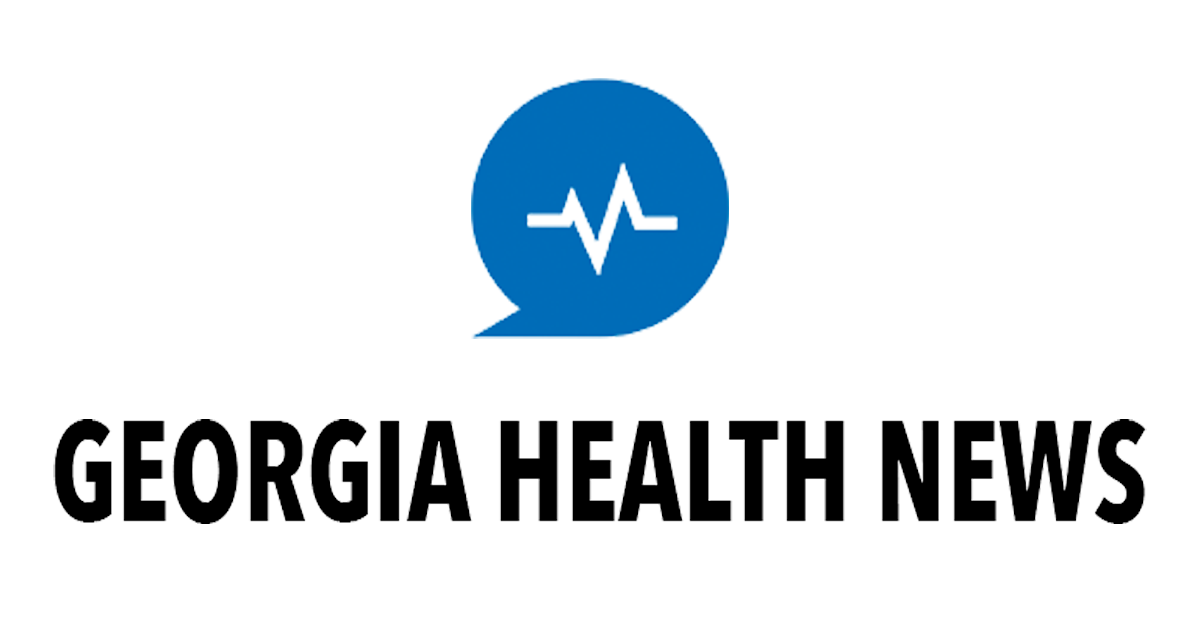A panel of health care and political leaders appointed by Gov. Nathan Deal kicked off its work this summer to address the ongoing crisis in rural medical care. Its focus: the very survival of hospitals outside metropolitan communities through the state. The Rural Hospitalization Stabilization Committee is holding hearings to identify potential solutions to keep…
Commentary
Graduates who need help the most
The last day of high school is a bittersweet one for most parents. But for those who have children with developmental disabilities, it can be terrifying as well. From a young age, children with developmental disabilities have been cared for during the day in school, learning life and social skills. When high school ends, as…
People with developmental disabilities need more job opportunities
Finding a job is often a challenge, but for people with developmental disabilities it is often nearly impossible. Georgians with disabilities such as autism, Down syndrome, or cerebral palsy have experienced how society focuses on their limitations instead of their strengths. The overall unemployment rate in the U.S. hovers at 7 percent, but it’s closer…
Fix the primary care shortage before it’s a crisis
Georgia’s primary care physician shortage is dire and only getting worse. The state has only 200 physicians for every 100,000 people. That ratio makes it 39th in the nation. (Some states have ratios as high as 350 per 100,000.) This shortage is a direct result of the Congressional Balanced Budget Act of 1997, which froze…
Don’t fall for ‘Patients’ Compensation Act’
As the president of the Medical Association of Georgia (MAG), I get a chance to hear from physicians in every specialty and practice setting in the state on a daily basis. I consequently believe that I’m qualified to state with confidence that the vast majority of our physicians agree that we need to continue to look for…
A win-win plan: Protecting providers, reducing costs
In 2010, Congress adopted President Obama’s Affordable Care Act (ACA) with the goal of providing access to high-quality, affordable health care. One of the many flaws in the ACA is that it fails to address our broken medical malpractice system. By placing physicians and hospitals at financial and professional risk when an error occurs, our…
Dangerous new drugs must be fought relentlessly
On Friday, Aug. 23, police in Brunswick reported that eight people got violently ill after smoking an herbal incense labeled Crazy Clown. Three more people became ill over that weekend and another case was reported early the next week, bringing the total stricken to 12 in the Coastal Georgia city. Of these, 11 were hospitalized,…
Expand Medicaid to help local governments
The health policy role of a county commissioner is much more complicated than most people realize. As a member of a board of commissioners, you have to make decisions based on the needs of your community, rather than on increasing the organization’s bottom line, as for-profit companies do. What are a county’s health care responsibilities?…
Palliative and hospice care help make life livable
A hundred years ago, the average life expectancy in the United States was just under 50 years. Today it’s nearly 80 years – a true testament to the benefits of modern medical advances. The development of highly effective treatments and technologies significantly extended Americans lives. However, these technological treatments can also affect quality of life,…
Gun restrictions can save many children’s lives
Each year in the United States, more than 30,000 people are killed by guns. Overall, 36 percent of these deaths are homicides, 60 percent are suicides and 2 percent are the result of unintentional injuries. For children, though, the majority of deaths are classified as homicides — 66 percent — while suicides account for 28…

